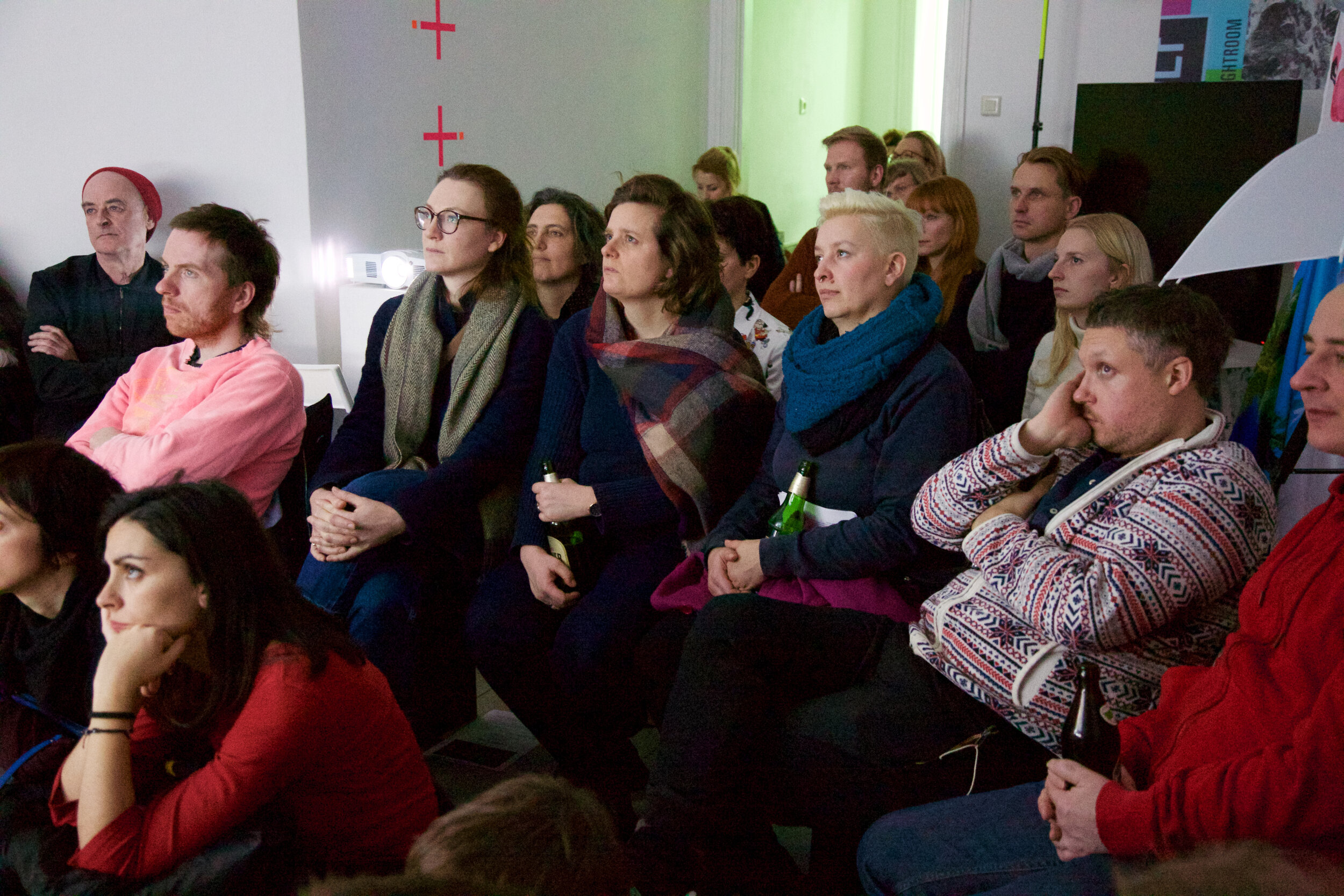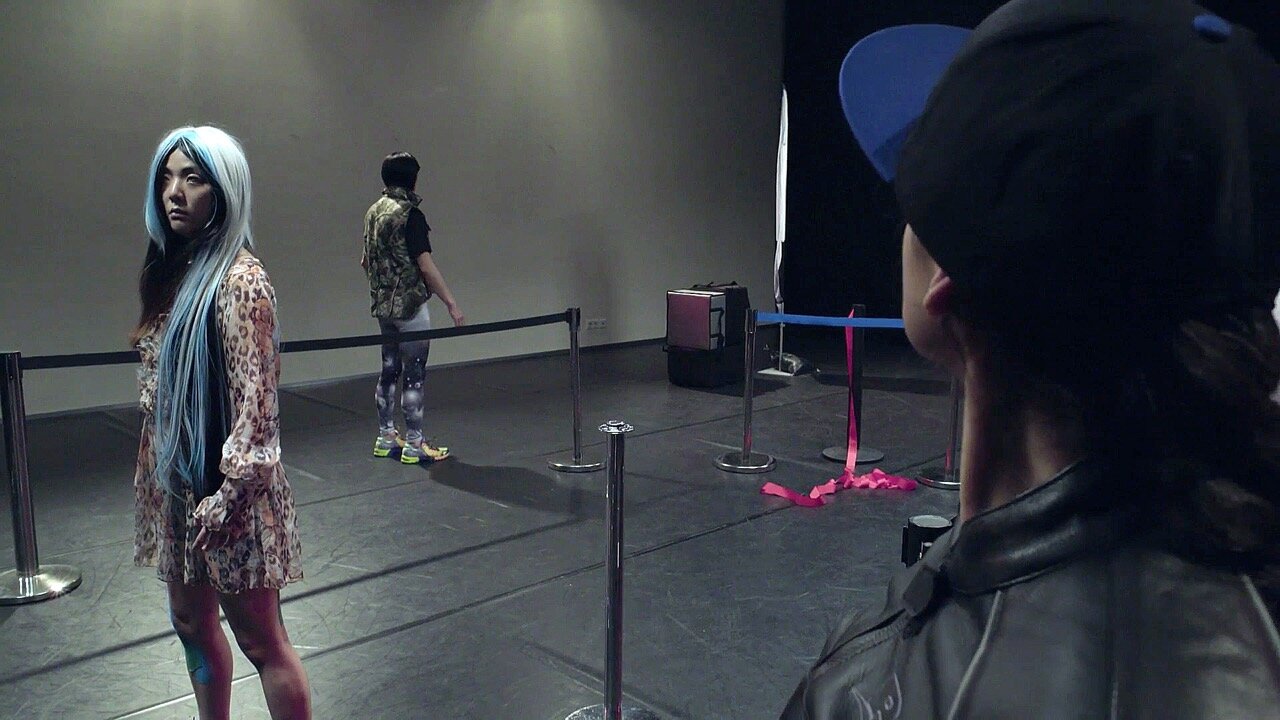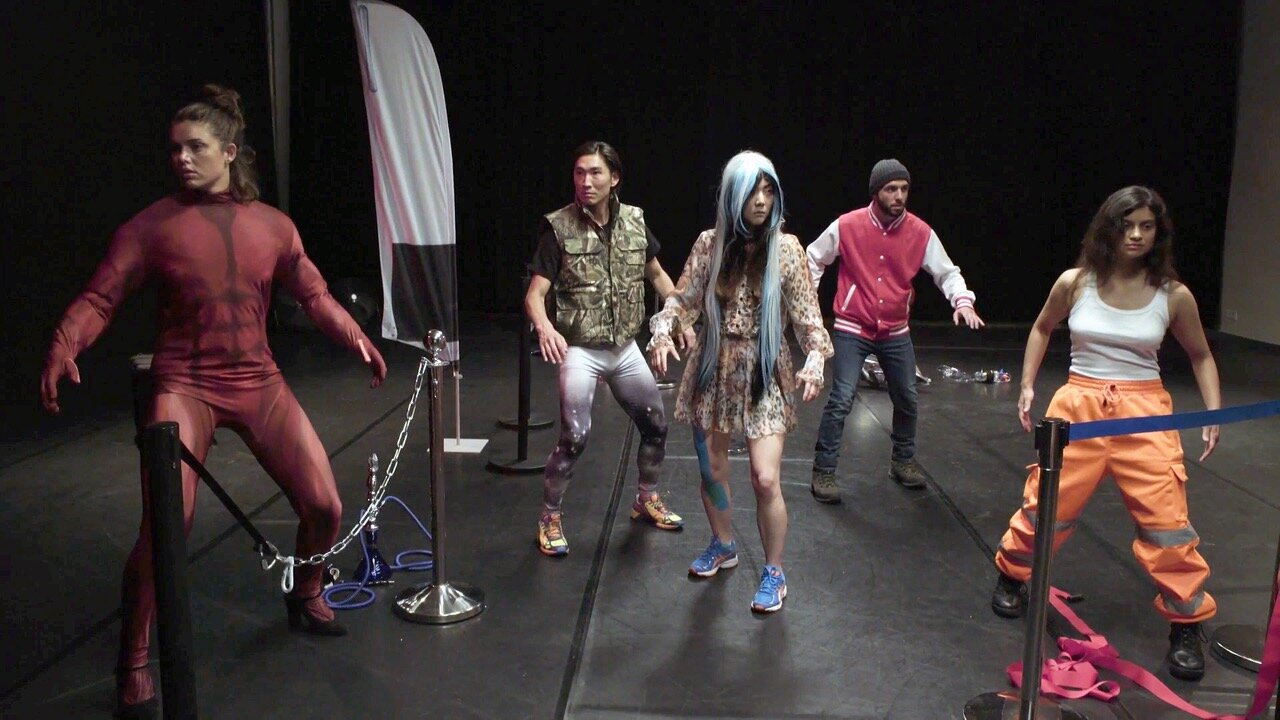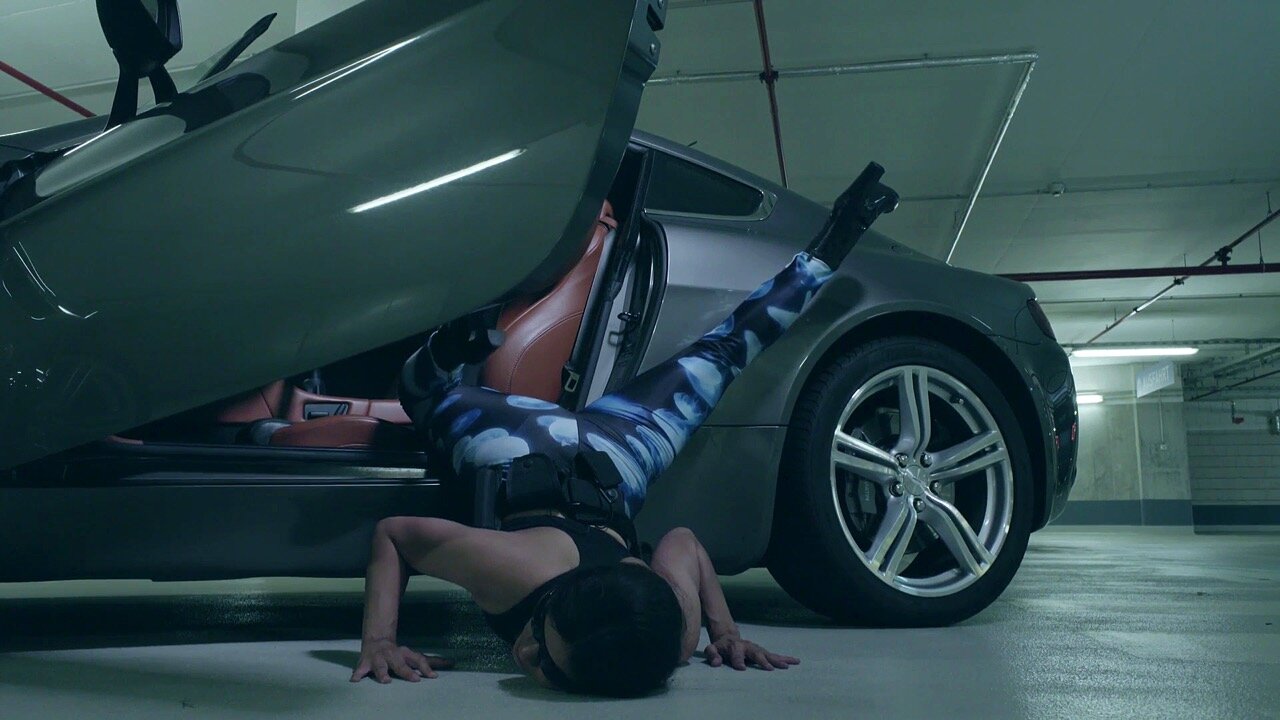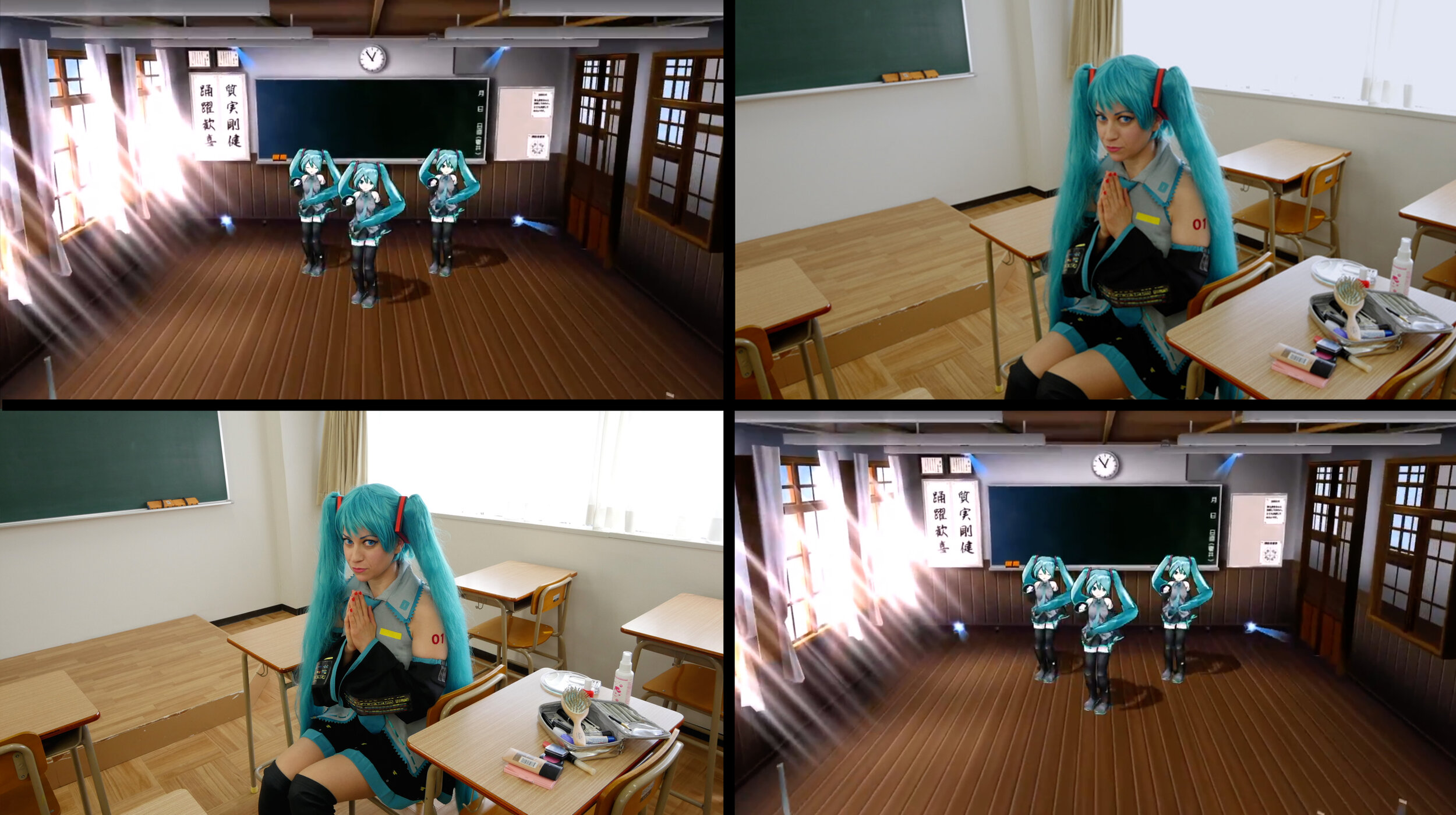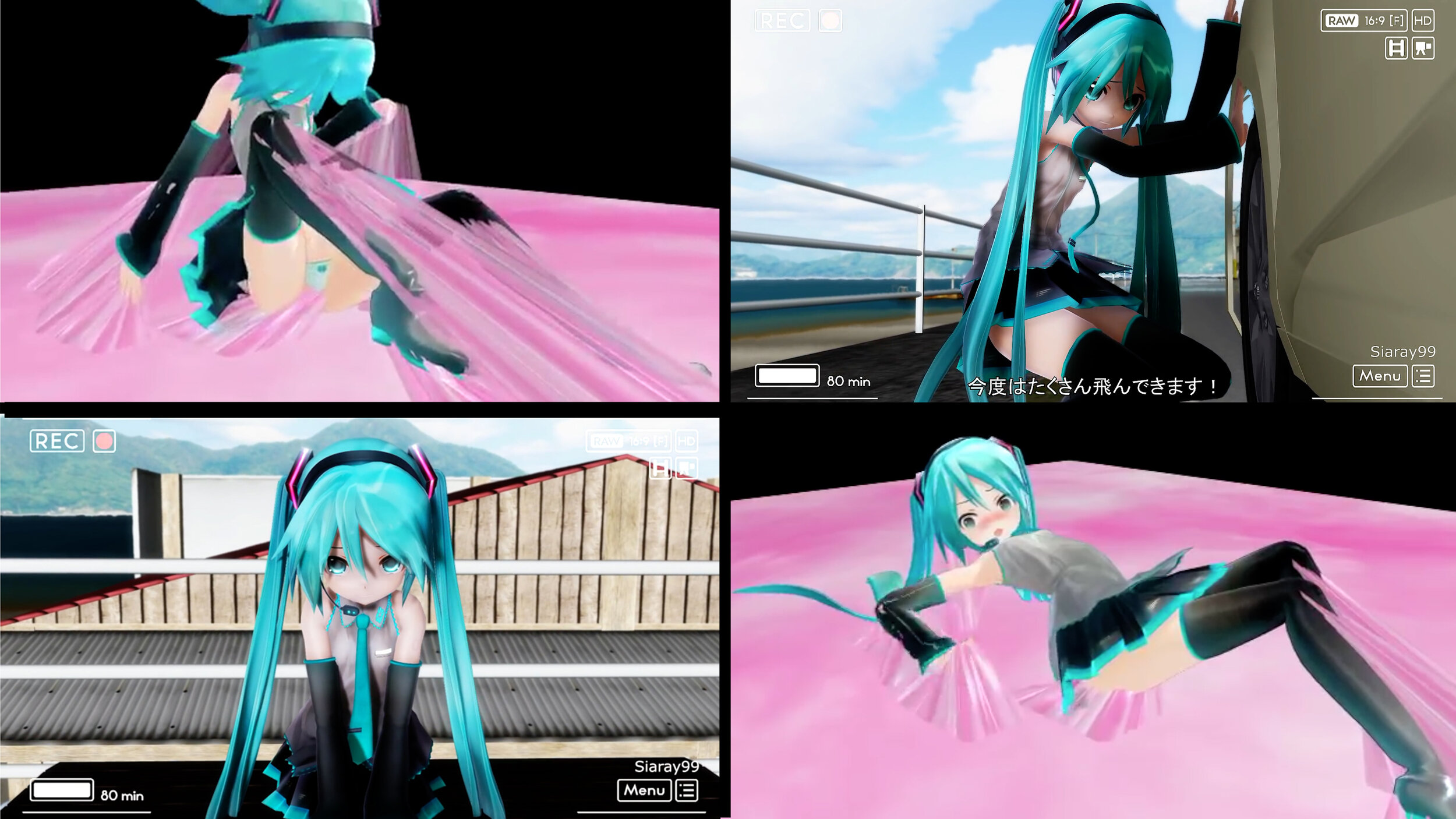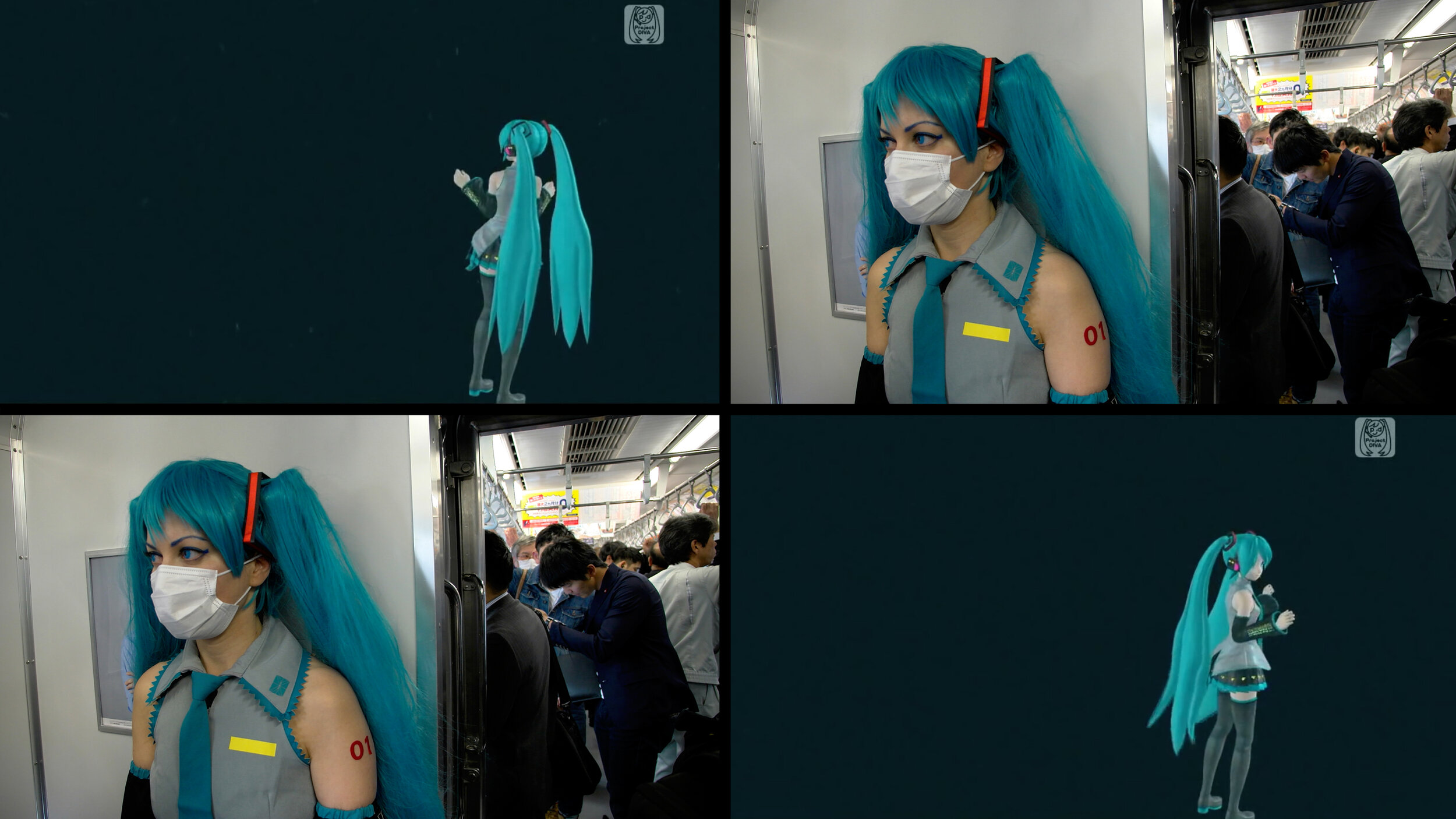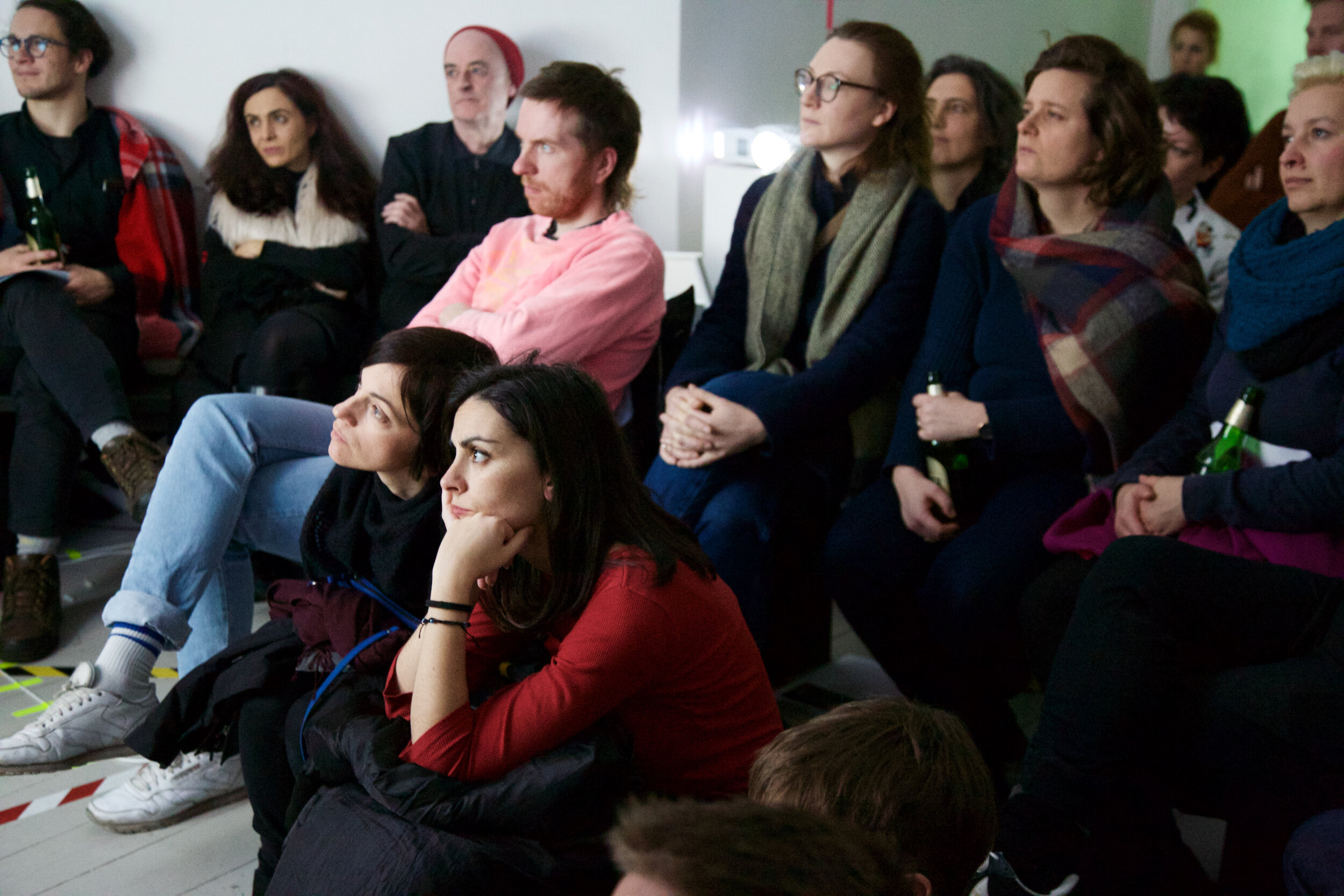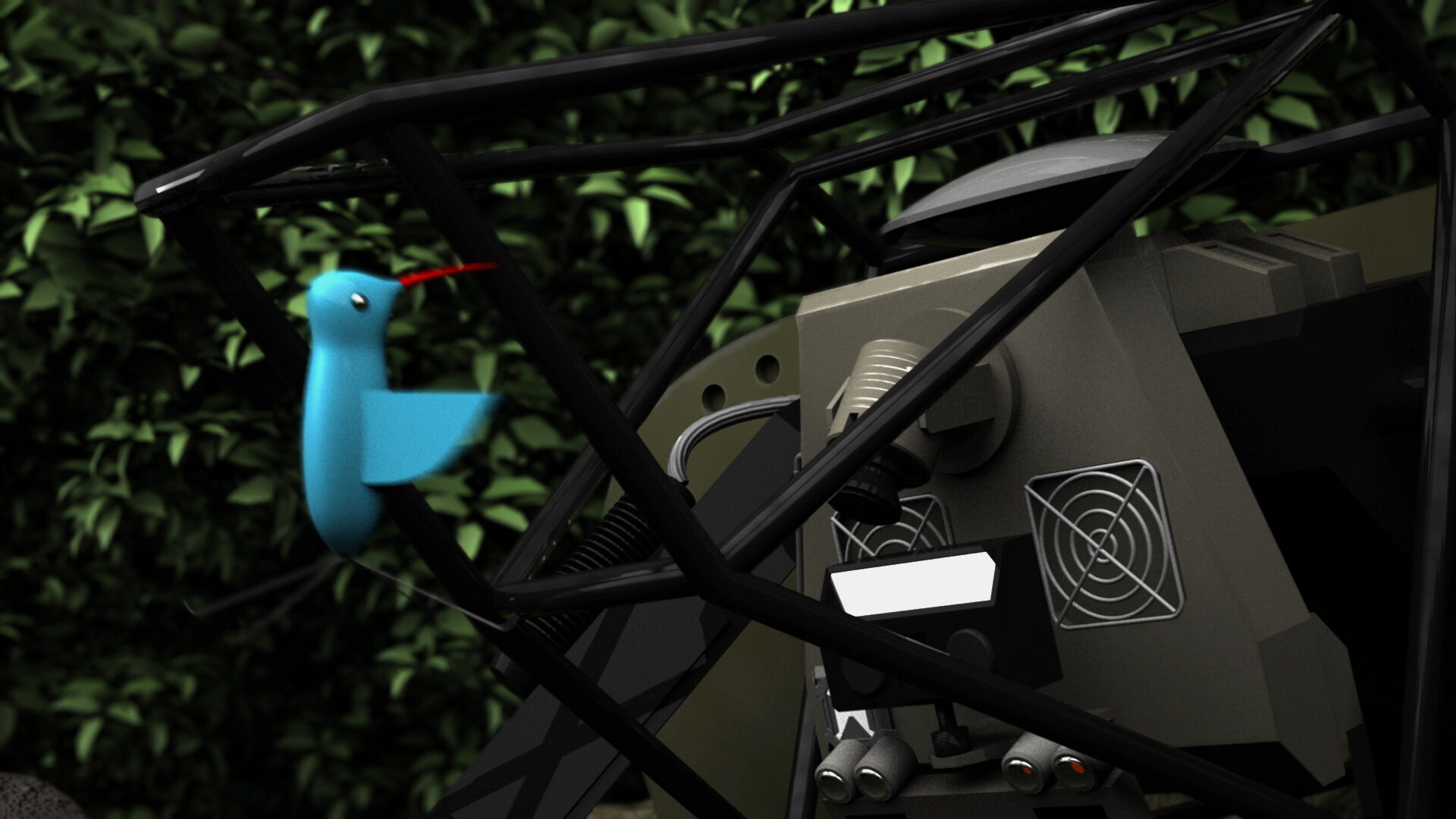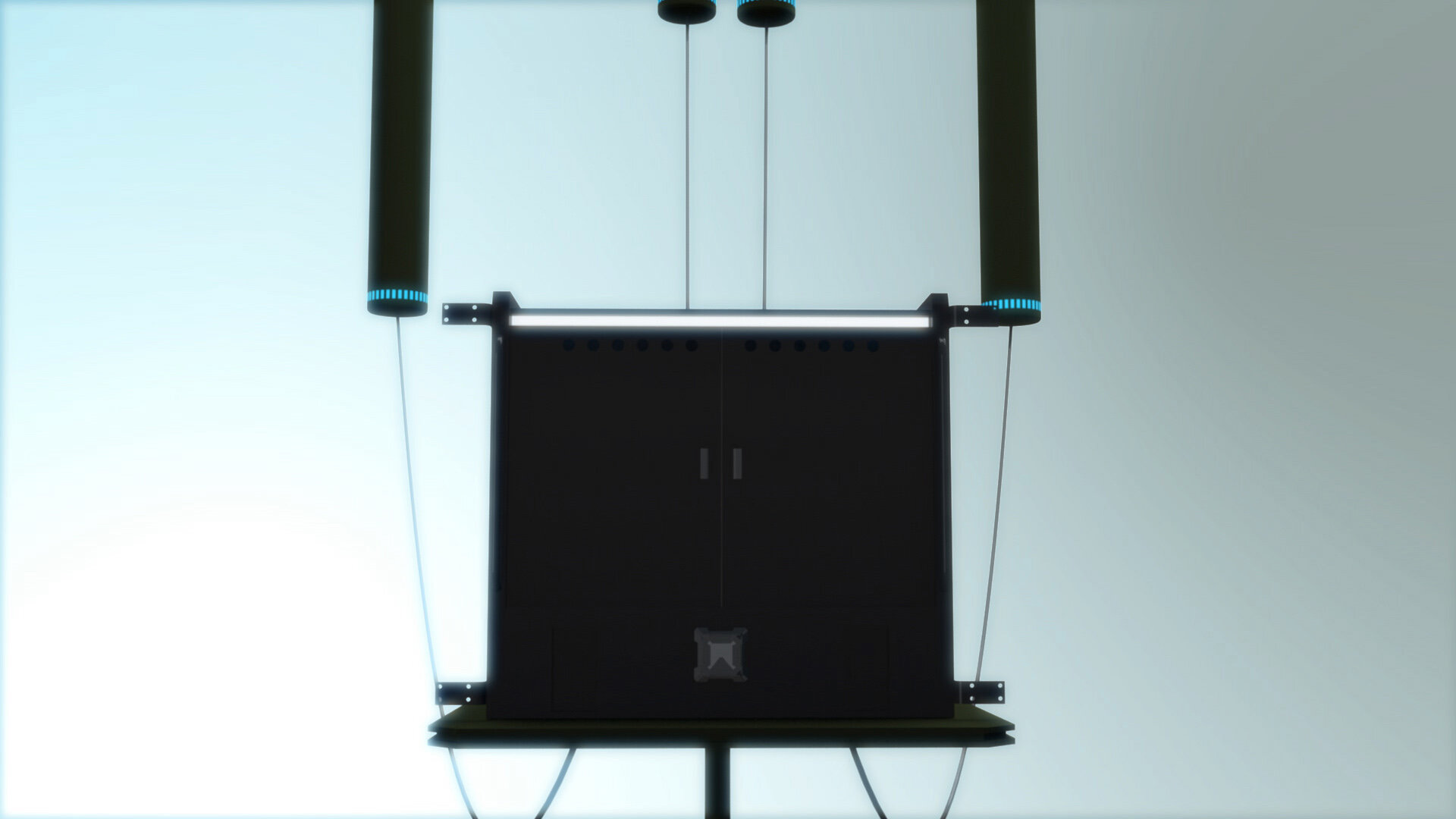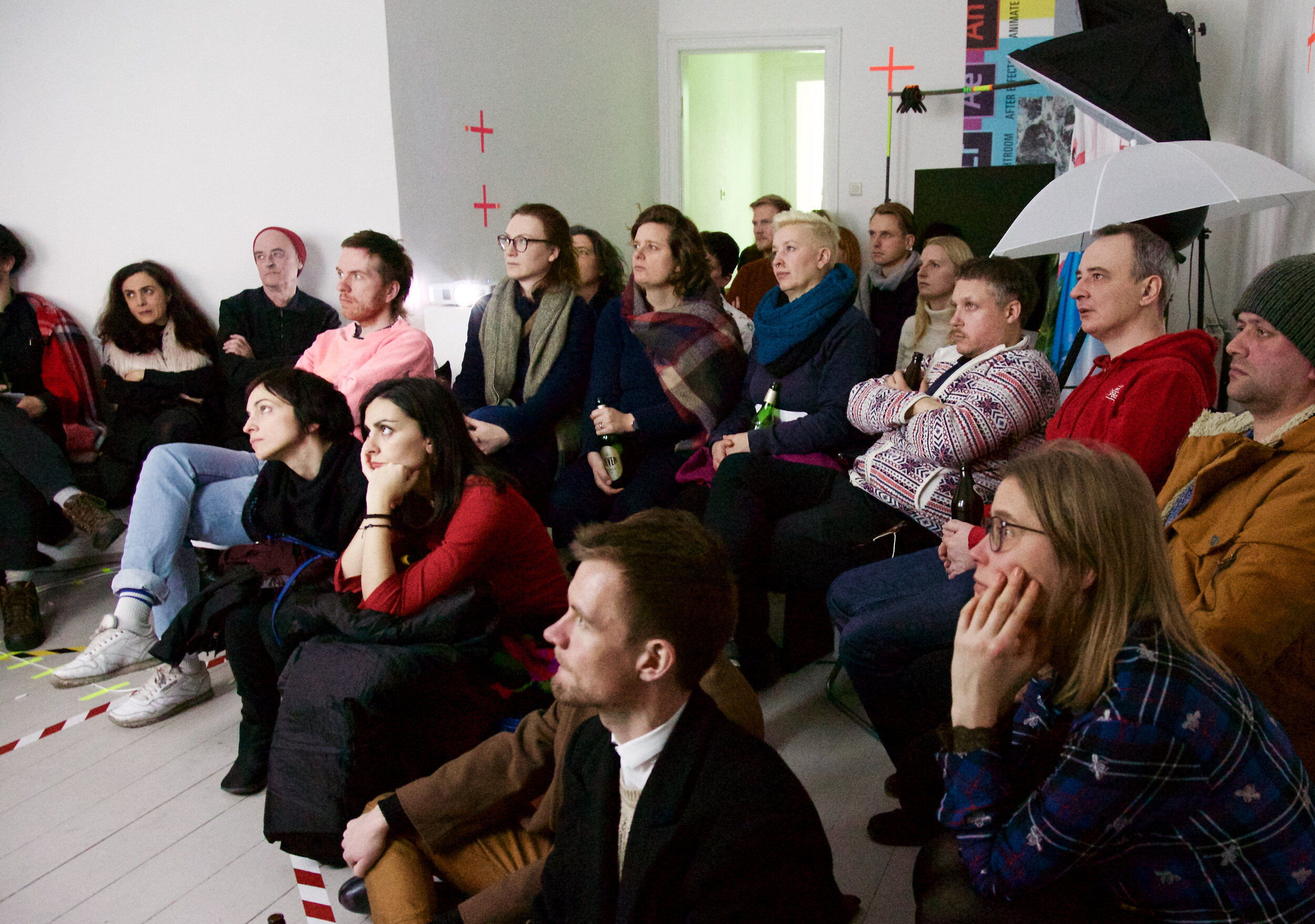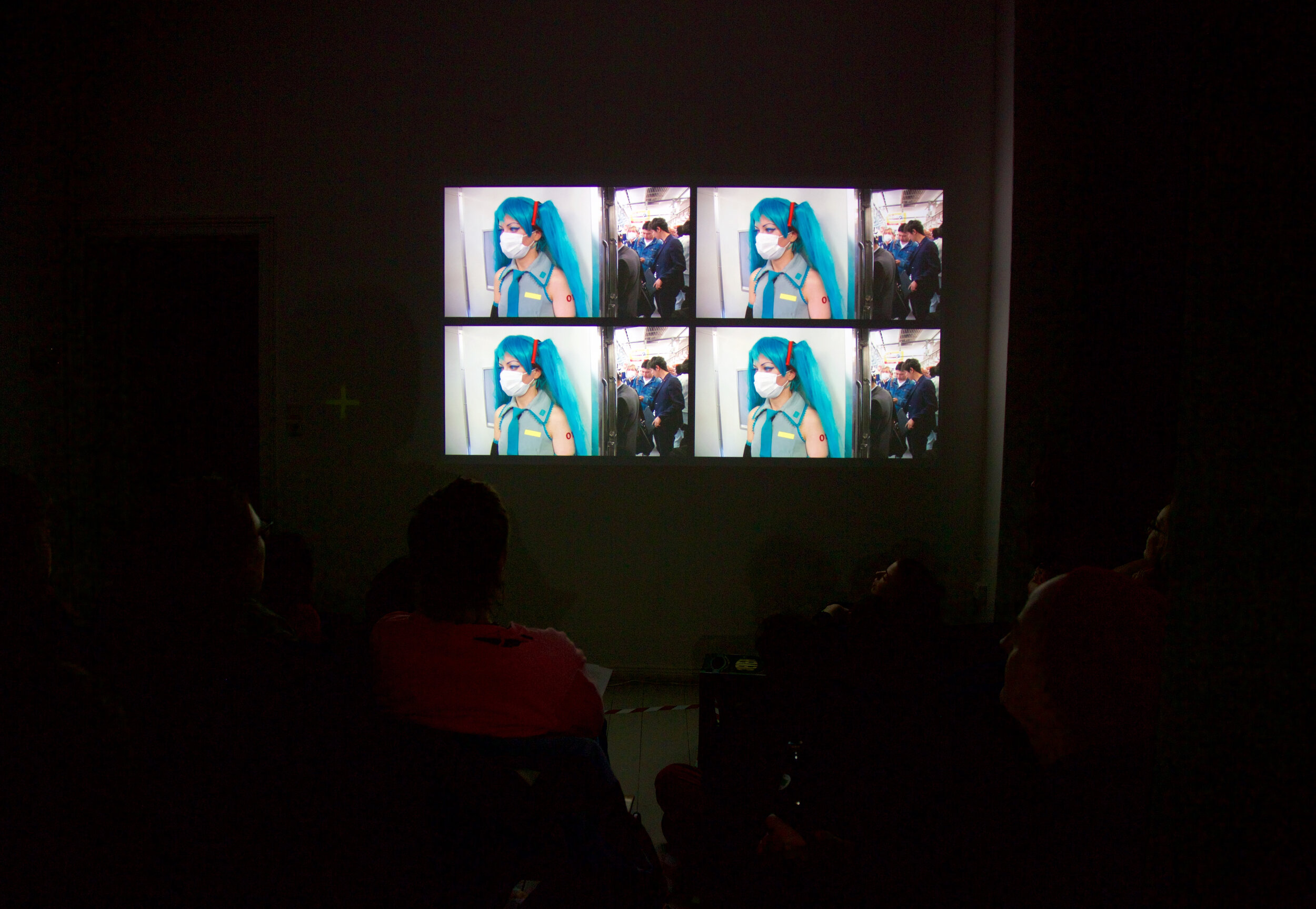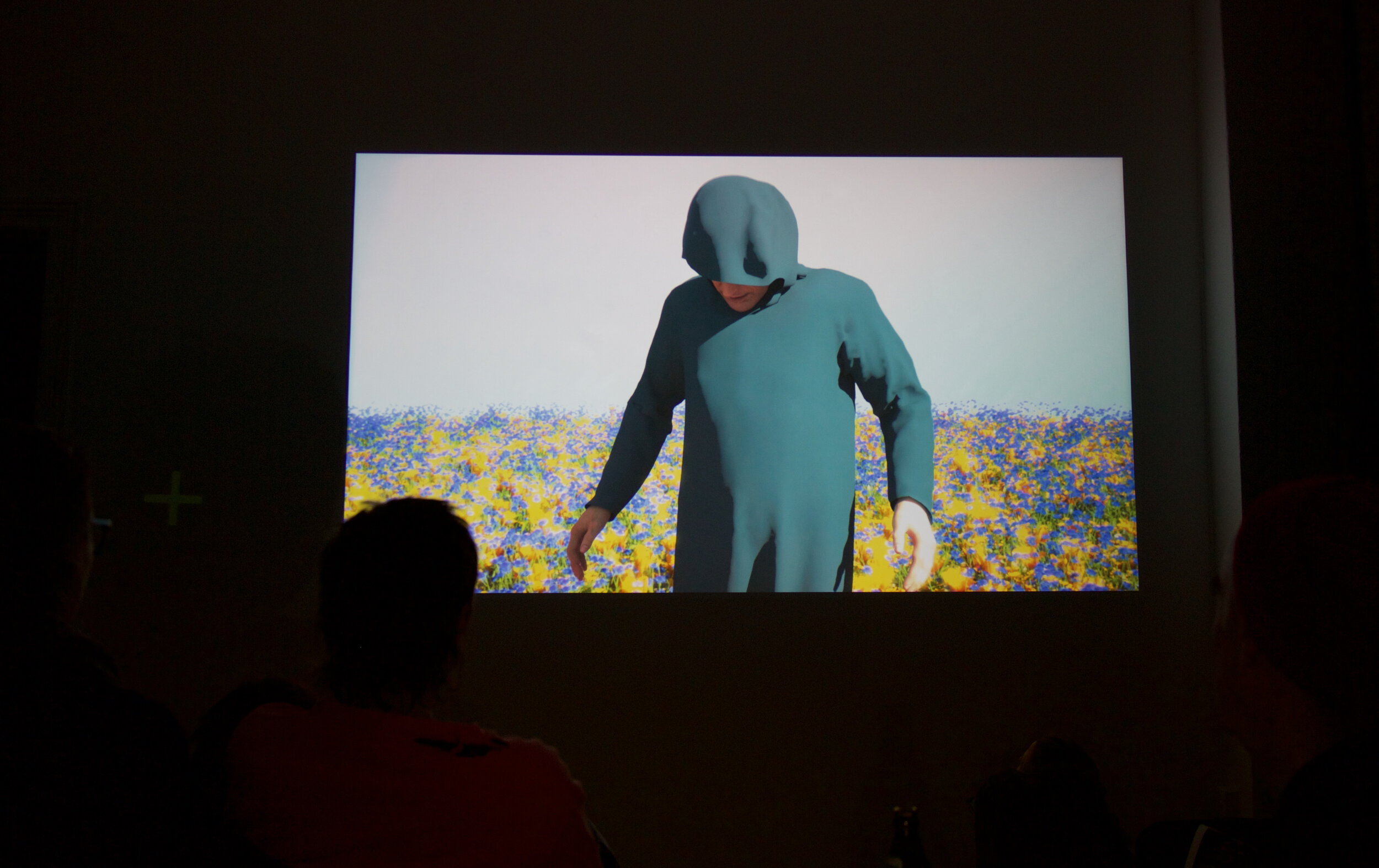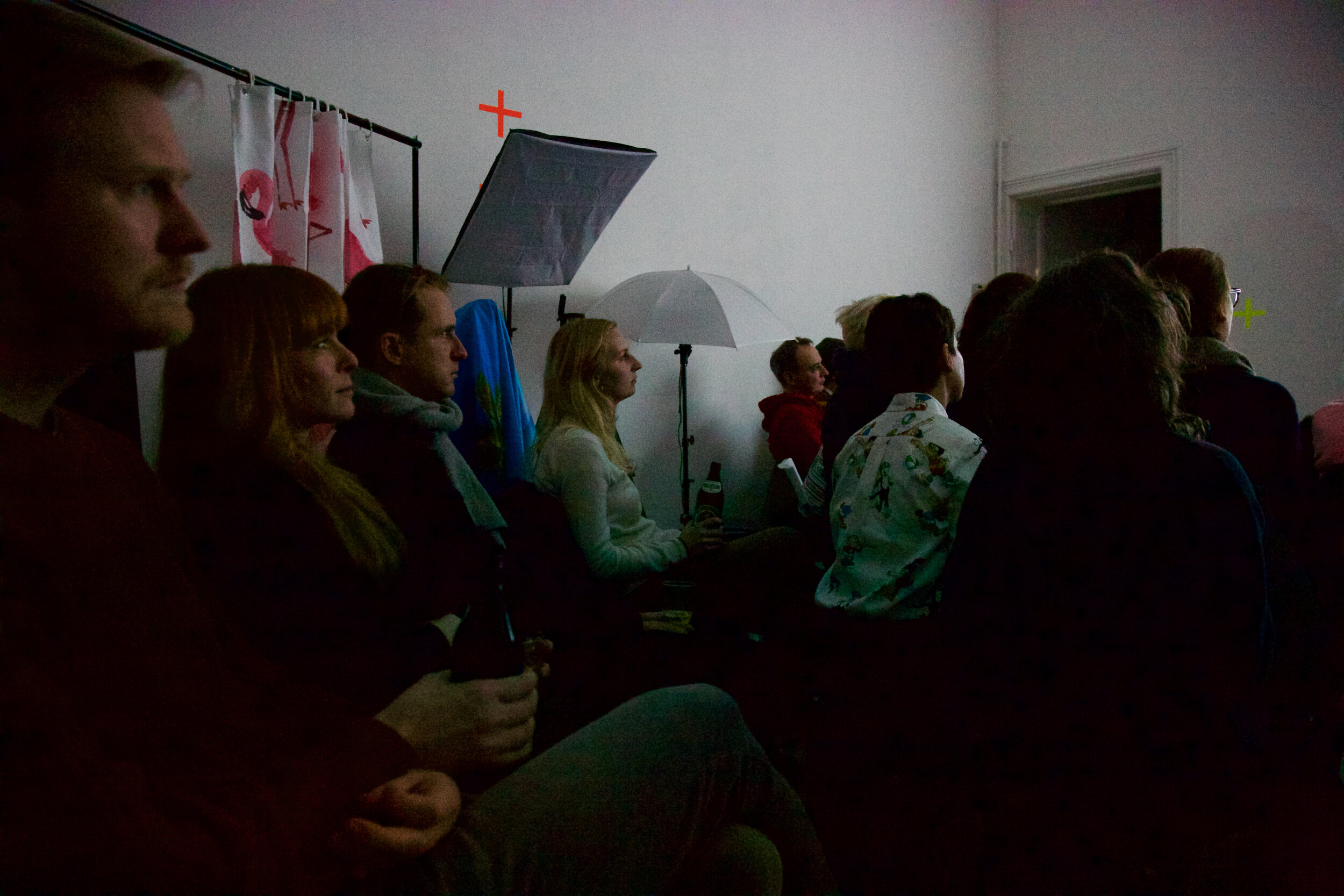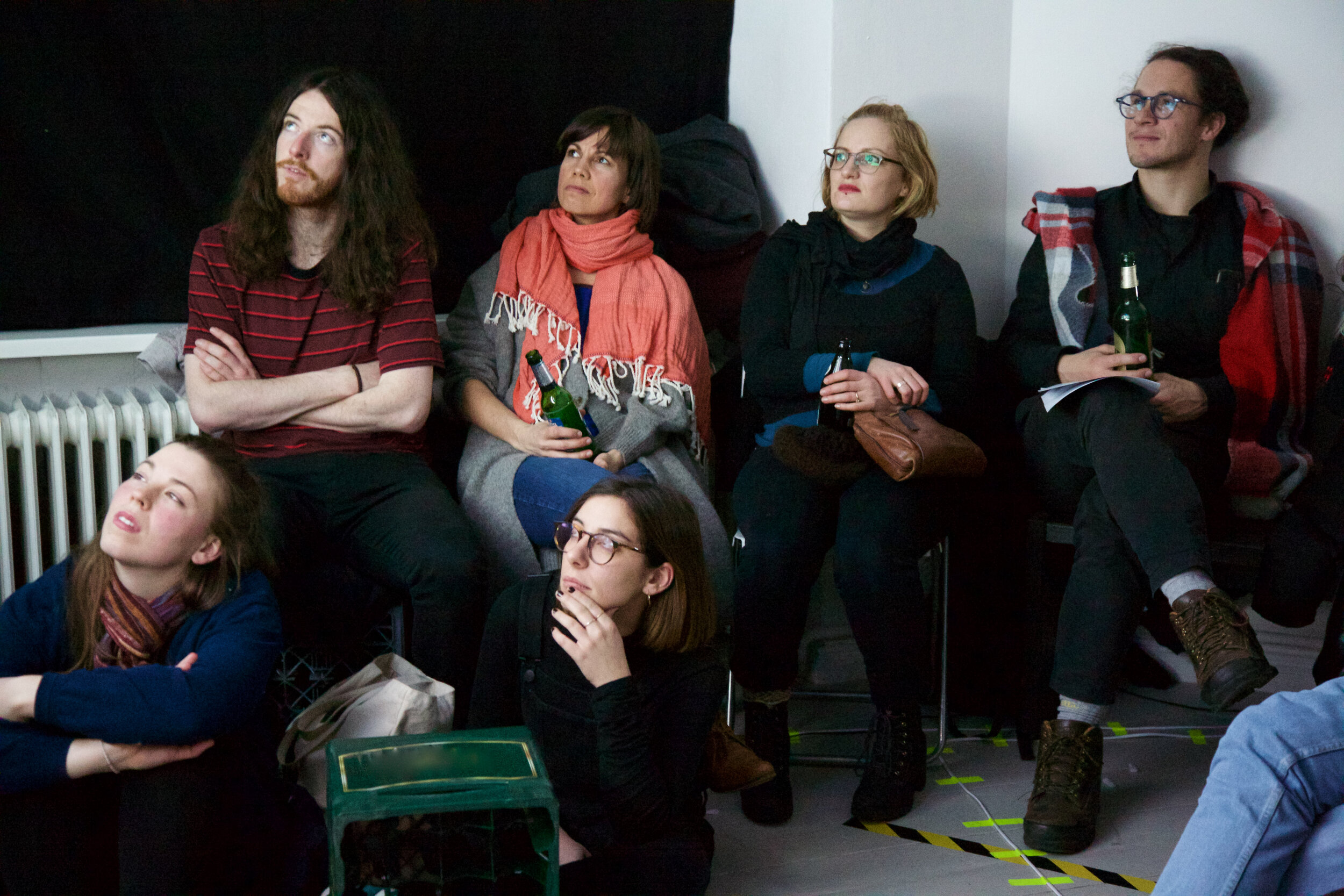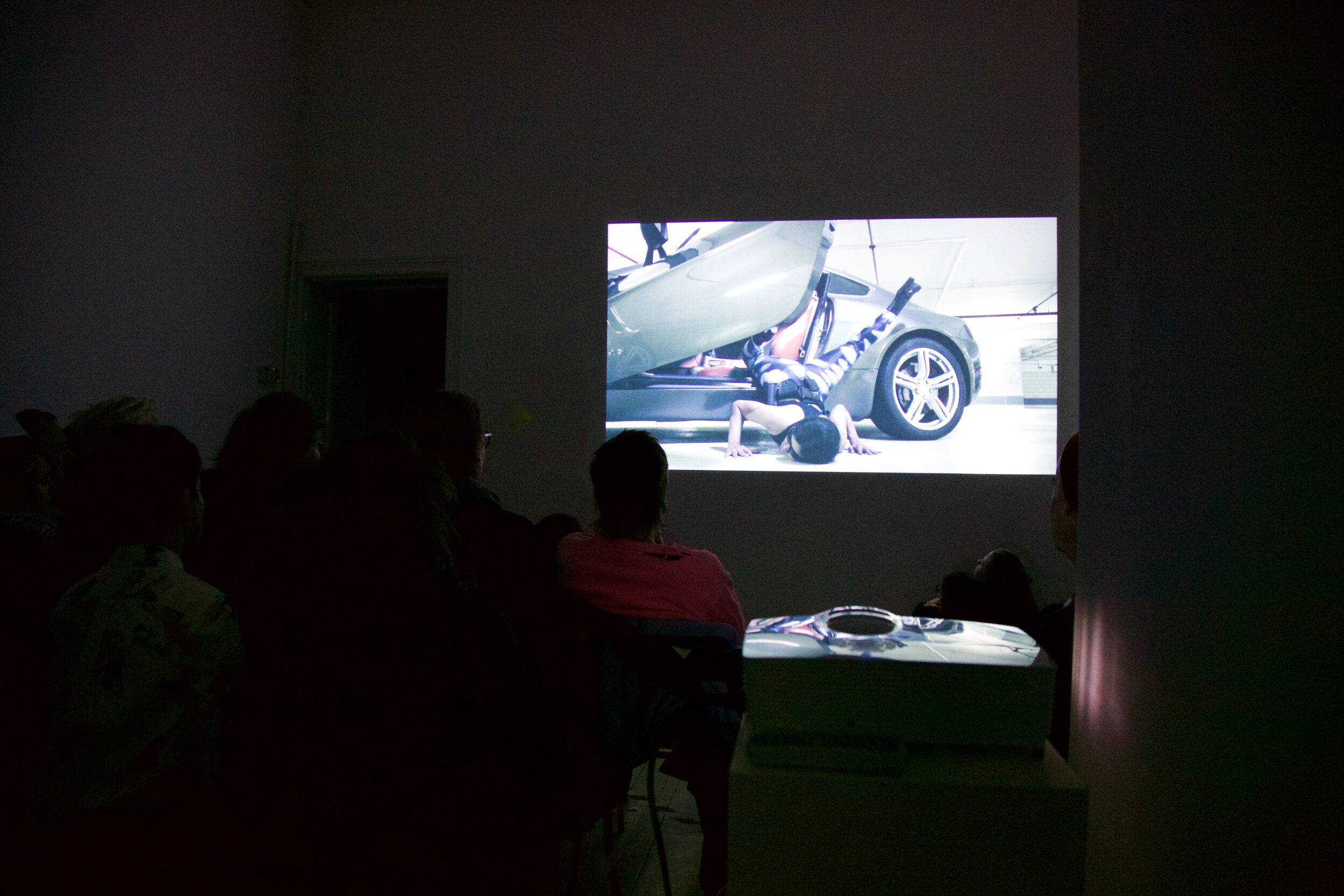TRANSHUMAN TENDENCIES
09 February 2018
John Butler, Ann Oren & Stefan Panhans
TRANSHUMAN TENDENCIES
09 February 2018
presented by Clemens Wilhelm
SCREENING
Transhumanism is no longer science-fiction. The key areas of transhumanist thought are: super-longevity, super- intelligence and super-wellbeing. We are already transhuman: we are living decades longer, integrating more with technology, and emphasizing quality of life. We are in the process of redesigning what it is to be human, nothing more, nothing less.
China leads the design of CRISPR babies, Artificial Intelligence has entered our minds, lives and homes, and medicine is being revolutionized to overcome aging and death. In 2016, the Transhumanist Party ran in the US election against Donald Trump and Hillary Clinton.
Transhumanism may feel like the perfect new religion for a modern selfish age. A society obsessed with individualism, self-improvement and youth is prepared to overlook the negative consequences of rapidly advancing technology. Francis Fukuyama called transhumanism “the world's most dangerous idea.” Stephen Hawking warned that “the development of artificial intelligence could spell the end of the human race.” Elon Musk believes that “the development of AI is summoning the demon, and in relation to it we will be reduced to the state of house cats.”
TRANSHUMAN TENDENCIES brings together the three video artists John Butler, Ann Oren, and Stefan Panhans, who have touched on these recent transhuman developments in several of their works.
Title Image: “FREEROAM Á REBOURS, Mod#I.1” by Stefan Panhans, 2016, 16 min
PROGRAM
REFUSNIK by John Butler, 2014, 18 min
FREEROAM Á REBOURS, Mod#I.1 by Stefan Panhans, 2016, 16 min
THE WORLD IS OURS by Ann Oren, 2017, 39 min
In John Butler’s CGI nightmare “REFUSNIK”, we meet a human who wants to work and a robot who does not. The AI’s solution to the problem is to merge this superfluous human individual with this runaway robot to work as a storage worker for Amazon. However, after a serious of further mutations, the human protagonist ends up as just a human template that is uploaded into a virtual network.
Stefan Panhans’ “FREEROAM À REBOURS, Mod#I.1” operates at the overlap of experimental film, music video clip, performance and contemporary dance forms. The film investigates the insufficient behavior of humanoid avatars in computer games. A group of dancers and actors translates the seemingly failed movements of game avatars back into real bodies. This dance seems to embrace the defects of the algorithmic machine instead of longing for its perfection.
In Ann Oren’s “THE WORLD IS OURS”, we fall into the gaps between cosplay and reality, and between the West and Japan, to follow the protagonist Oren through Tokyo to a concert of the incredibly popular manga avatar pop star Hatsune Miku. Miku’s fans write her songs and create her music videos through a software, and even go to see their idol Miku perform for them as a hologram. Miku is only virtual, will be 16 years old forever, and will never die, which seems to be the desired state that her fans are striving for as well.
While you are reading this, the city of San Francisco employs robots to report homeless people to the police.
John Butler (*1959 in Dublin, IRE) is a 3D-artist who lives and works in Glasgow. He studied drawing, painting and electronic imaging at Duncan of Jordanstone College of Art, Dundee (UK). His work has been screened at many international festivals and exhibitions including “V-Topia” Tramway, Glasgow (1994), “ISEA 98” Manchester Science Museum (1998), “Lovebytes” Sheffield (2002),“Transmediale” Berlin (2006), “Niet Normaal” Amsterdam (2009), “Gaming in Waziristan” Beaconsfield London (2011), “Artificial Indifference” Glasgow University (2012), “Exchange Rates” Bushwick (2014), “Soft Machines” Impakt Festival Utrecht (2015), “EMAF” Osnabrück (2016), “Siren Servers” Sonica Glasgow (2017), and I SEE International Video Art Festival (2017). His work has also been broadcast on TV: “B- Creatures” Channel 4 (2000) and “Workgroup Alpha” E4 (2001).
Ann Oren (*1979 in Tel Aviv, ISR) is a visual artist and filmmaker. She received a BFA in Film and an MFA in Fine Arts, both from the School of Visual Arts, New York. Her works were screened at The Hammer Museum, Moscow Biennale for young art, The Tel-Aviv Museum, The Tel-Aviv Cinematheque, Künstlerhaus Bethanien, Rochester Contemporary Art Center, WRO Media Art Biennale, PS122, B3 Moving Image Biennial, Frankfurt, Anthology Film Archives, Apexart, Dok Leipzig, New Horizons Film Festival, Locarno Festival and Ann Arbor Film Festival. Oren is an award recipient from The New York State Council on The Arts, The National Board of Reviews, New York, The Jerome Foundation, The School of Visual Arts, The Rabinovich Foundation, Ostrovsky Family Fund, a New Artist Award from Seoul International New Media Festival and a best Artwork award from B3 Moving Image Biennial, Frankfurt.
Stefan Panhans (*1967 in Hattingen, GER) lives and works in Berlin, Hamburg and elsewhere. In his recent work he uses mostly video and photography. He deals with contemporary subject-centred issues such as the must of self optimization and the ‘flexible ego’ under conditions of a “new spirit of capitalism”, as well as phenomena of hyper- mediatization. As kind of an artistic research his work undertakes a mental archeology of contemporary media and its effects on our minds and bodies. He has won several awards and scholarships such as the Grant for Media Art at the Edith-Russ-Haus for Media Art, Bremen Award for Video Art #22, and the Marler Video Art Award. His works are shown in institutions and festivals such as Transmediale Berlin, Kasseler Dokfest, Videonale Bonn, Neue Nationalgalerie Berlin, Goethe-Institut Beijing, Haus am Waldsee Berlin, Städtische Galerie Bremen, Steirischer Herbst Graz, Museum für Gegenwartskunst Siegen, Kunstverein Harburger Bahnhof, Kunsthalle Mainz, Videoart at Midnight Berlin, Kunstverein Hannover, Edith-Russ-Haus für Medienkunst Oldenburg, I SEE International Video Art Festival Oslo, and Werkleitz Biennale, Halle. Panhans also published his first novel “We Just Left Shore” in 2017.
